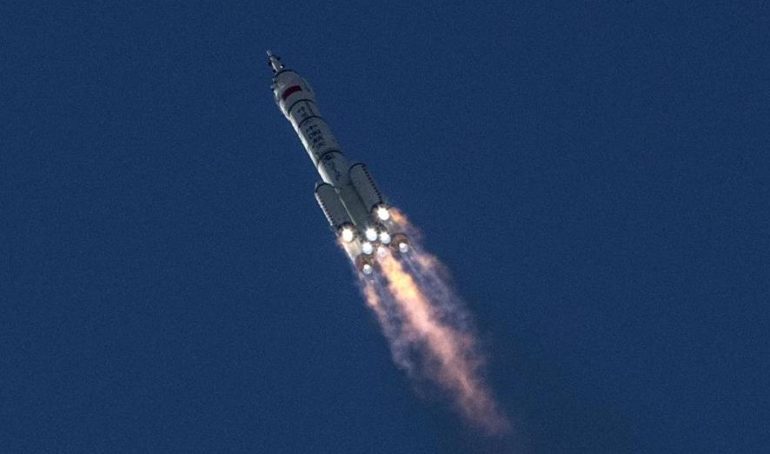China launched a lab module to its unfinished Tiangong space station on July 24th, using a Long March 5B rocket. Unlike other rockets, the Long March 5B uses its first stage to propel its cargo into orbit. This chunk, which is more than 100 feet long and weighs more than 22 tonnes, circles the Earth for a while before plummeting down to Earth, with no method of controlling its path.
Uncertainty over where the rocket would land spread around the world this week, with forecasts ranging from Mexico to the southern point of Africa. This is China’s third Long March 5B launch, and its third crash landing. China sent Tiangong’s core module into orbit in 2020 using a Long March 5B rocket. The rocket’s debris landed in the Ivory Coast, and although no casualties were recorded, structural damage was sustained. China launched its first lab module atop a Long March 5B last year, with bits of it crashing down in the Indian Ocean. Malaysian Twitter users caught the rocket’s apparent return, with some mistaking it for a meteor. According to Jonathan McDowell, an astronomer at the Harvard-Smithsonian Center for Astrophysics, debris from the rocket may wind up near Sibu, Bintulu, or Brunei, three cities on Borneo’s northern shore, but it’s “unlikely” that it landed in a populated region.

